An overhead projector is a device that helps us show pictures and words to a big group of people. It’s like a magical flashlight that can make small things look big on a screen. “Do you want to know how it works?
Overhead projectors are the most straightforward type of projectors. They work by shining light through a lit-up transparency using a converging lens. This light forms a real image on a screen, allowing small content to be enlarged and easily seen.
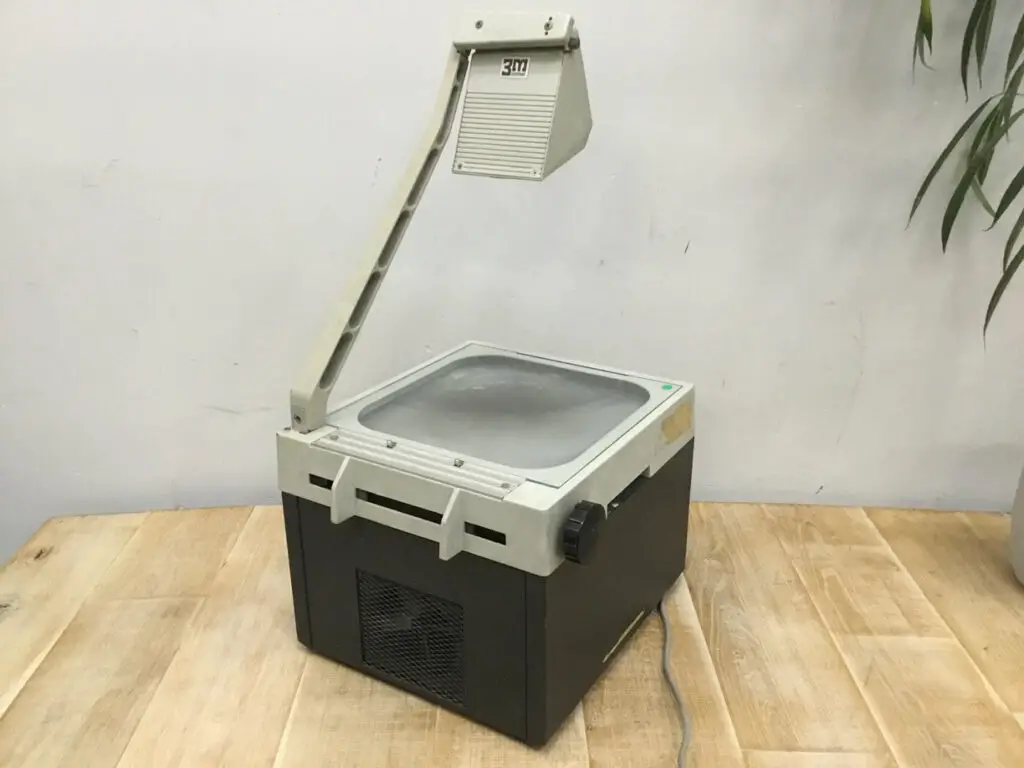
Well, you’re in the right place! This article will explain how it operates, its uses, and the benefits it offers. Stay with us, as we promise to guide you through this article until the end, ensuring that all your concepts are clear.”
Basic Understanding: How Does It Work
First and foremost, you need to understand how it works. Once you’ve grasped that, we’ll delve into its various components and their functions. Simultaneously, we’ll explore its uses and the benefits it offers. This comprehensive approach will provide a complete picture of the overhead projector’s functioning, parts, utility, and advantages.
Activation of the Bulb
An overhead projector operates by turning on a powerful halogen bulb emitting a strong and bright light.
Illuminating the Transparency
The emitted light is directed towards a transparency placed on the projector’s platform, where information such as images or text is located.
Mirror Reflection
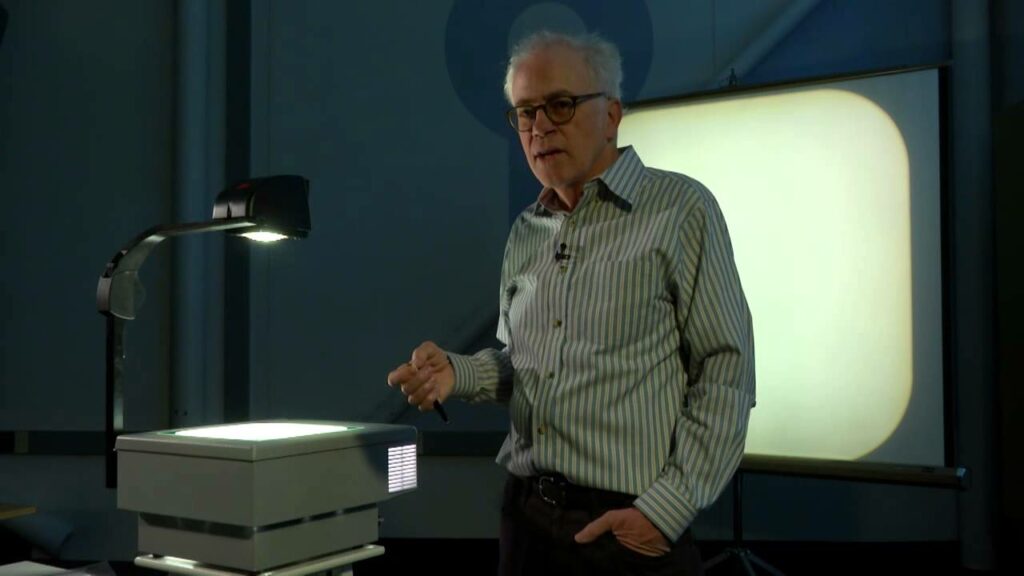
Inside the projector, a mirror comes into play. This mirror reflects the light that has passed through the transparency, redirecting it further.
Lens Focus
The reflected light is then guided through a lens. This lens has the incredible ability to concentrate and refine the light beams, making them more precise.
Creation of Focused Beams
As the light beams pass through the lens, they become focused and concentrated. At this stage, they carry the image or text that was present on the transparency.
Projection onto Screen/Wall
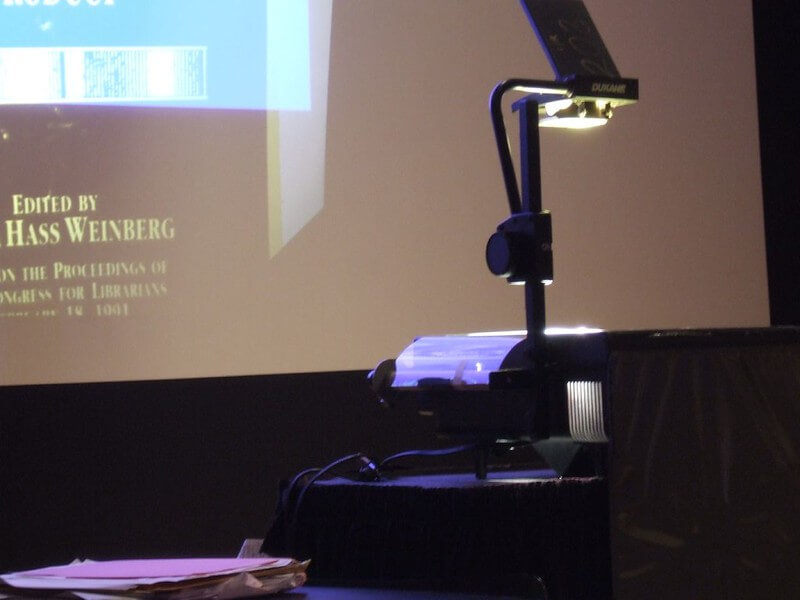
The focused light beams, now containing the image or text, are projected onto a screen or wall. This projection results in the content being displayed much larger than it originally was.
Enhanced Visualization
Effectively managing light, leveraging reflections, and using lenses allows overhead projectors to effortlessly present visual information. This makes them invaluable tools in various settings such as classrooms, boardrooms, and presentations.
Look at this Quora thread and the provided YouTube link for a comprehensive understanding of how an overhead projector operates. These resources will help you gather more insights and maximize the information available.
Parts of an Overhead Projector and What They Do
Overhead projectors have different parts that work together to make them do their job. Let’s look at each part and learn about what it does!
Lamp: Bringing the Light
The lamp is like a super bright light bulb inside the projector. When you turn it on, it creates a powerful light like sunlight. This strong light helps to make things visible on the screen.
Function:
The lamp’s job is to create a strong, bright light that shines through special sheets. These sheets have pictures or words on them. The light makes the images and words appear on the big screen for everyone to see.
Mirror System: Reflecting the Magic
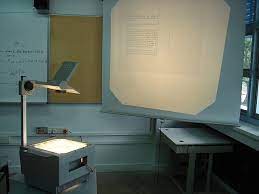
A mirror in the projector is super good at reflecting things. It’s like a shiny surface that bounces light in a specific direction.
Function:
The mirror takes the pictures and words from the transparency platform and reflects them upwards. It’s like a clever way to send the images and words to the right spot to be shown on the screen.
Lens: Making Things Clear
Think of the lens as a special piece of glass. It’s round and curved and really good at making things bigger and clearer.
Function:
The lens takes the pictures and words the mirror sends and makes them bigger. It also makes sure they look sharp and not blurry on the screen. It’s like using a magnifying glass to see tiny things better.
Dive into this Quora discussion to gain insights on the topic at hand. Explore diverse perspectives and valuable information shared by the community members.
Screen: Showing the Magic

The screen is like a big whiteboard waiting to show whatever the projector creates. It’s the final destination for the pictures and words.
Function:
When the big pictures and words come from the lens, they land on the screen. The screen is super good at showing what the projector makes. It’s like a movie screen letting everyone see what’s happening.
The Cooling Fan
The cooling fan is a helper that keeps the projector from getting too hot. It blows cool air and makes sure the projector doesn’t overheat.
Function:
The cooling fan ensures the projector doesn’t get too hot by circulating cool air inside.
The Arm
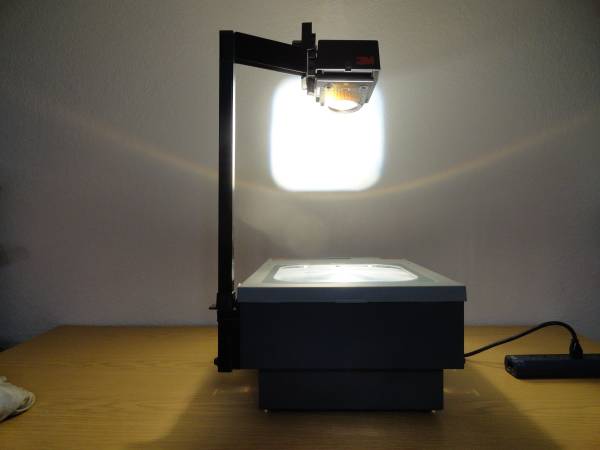
The arm is like the neck of the projector. It’s what you can move up and down to adjust the height of the projector.
Function:
The arm lets you change the height of the projector so that the image can be placed exactly where you want it on the screen.
The Head
The head is the top part of the projector where you put the transparency or whatever you want to show on the screen.
Function:
The head holds the transparency in place and ensures the light shines onto the screen.
The Power Switch and Controls
The power switch and controls are the buttons or switches you use to turn the projector on and adjust its settings.
Function:
The power switch and controls let you start the projector and change the brightness or focus.
Using an Overhead Projector: Your Easy Guide
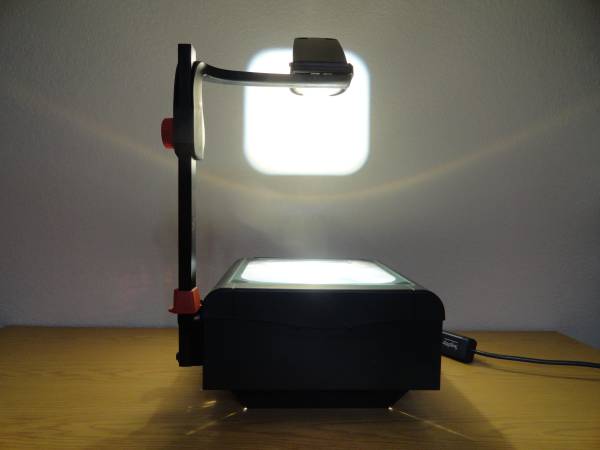
Now, let’s see how you can use an overhead projector like a pro:
Warm-Up Time
Start by turning on the projector. It needs a little time to get warmed up, just like you do on a chilly morning.
Place the Transparency
Put the transparency with your drawings or words on the stage of the projector. Make sure it’s all lined up nicely.
Getting Clear
There’s a knob called the focusing knob. Turn it until your image becomes clear and sharp on the screen or wall. It’s like adjusting a camera to get a perfect picture.
Zoom In or Out
Some projectors have a zoom feature. Use it to make your image bigger or smaller on the screen. You can also move the projector closer or farther to change the size.
Good Lighting
Check the room’s lighting. If it’s too bright, your image might show up poorly. You can dim the lights a bit so your picture shines bright.
Benefits of Overhead Projectors: Making Learning and Presenting Easier
Overhead projectors have many advantages that help teachers teach better and make presentations more interesting. Let’s go through them step by step:
1. Clear and Big Visuals
Overhead projectors can make pictures and words really big on a screen. This helps everyone see and understand things better, even if they’re sitting far away.
2. Easy to Use
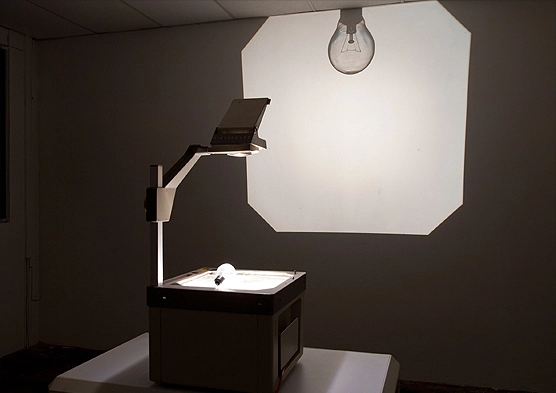
Using overhead projectors is pretty simple. You put your drawing or notes on a special sheet, turn on the light, and boom! Your work shows up on the screen.
3. No Need for Electricity
You know the lamp in a projector? Well, it doesn’t need a lot of electricity, so it won’t make your power bill go wild.
4. Versatile in Different Places
You can use overhead projectors in classrooms, offices, or at home. They work well in many places, making them very handy.
5. No Tech Hassles
Overhead projectors don’t need computers or fancy buttons. They’re like magic flashlights that make things big and clear.
6. Clear Even in Big Rooms
If you have a big room with lots of people, don’t worry! Overhead projectors ensure everyone can see what’s on the screen, no matter where they’re sitting.
7. Trusted and Time-Tested
Even though there are fancy digital projectors now, overhead projectors have been around for a long time. They’re like the wise grandpas of projectors.
8. Good for Presentations
Presenters love overhead projectors because they make their talks more engaging. Big pictures and clear words keep the audience interested.
9. Works with Different Stuff
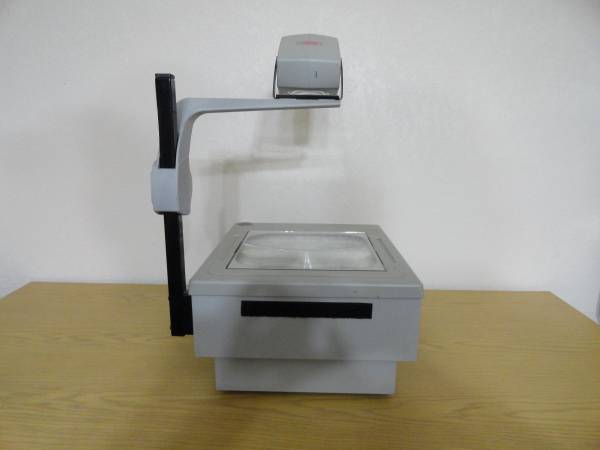
You can use overhead projectors with drawings, printed pages, or transparencies. It’s like a projector that speaks many languages!
10. No Worries About Batteries
Unlike some gadgets, overhead projectors don’t need batteries. They’re powered by regular electricity, so you don’t have to worry about running out of juice.
Discover the advantages of using an overhead projector in this Reddit thread I provided for your convenience. Uncover how this versatile tool can enhance presentations and elevate your visual communication game!
FAQs
Can I use color transparencies with an overhead projector?
Absolutely! Color transparencies add a vibrant touch to your presentations.
Do overhead projectors work in well-lit rooms?
While they can work, dimming the lights improves visibility and clarity.
Are overhead projectors still relevant in the digital age?
Indeed! They offer a unique way to engage an audience without overwhelming multimedia.
Can I connect my laptop to an overhead projector?
No, overhead projectors work with physical transparencies, not digital devices.
What’s the biggest advantage of digital projectors over overhead projectors?
Digital projectors can display dynamic content like videos and animations, giving you more ways to convey your message.
Conclusion
In conclusion, an overhead projector’s fascinating blend of light manipulation, reflection, and lens precision brings content to life on a larger canvas. This seamless process, from activating the bulb to projecting clear images, makes it a vital tool for sharing ideas across classrooms and boardrooms. Its timeless simplicity continues to illuminate the way for effective visual communication.
REFERENCES
- https://howeverythingworks.org/1997/04/08/question-1130/
- https://en.wikipedia.org/wiki/Overhead_projector
- https://www.easytechjunkie.com/what-is-an-overhead-projector.htm
- https://www.largeformatphotography.info/forum/archive/index.php/t-53704.html
- https://bbs.homeshopmachinist.net/forum/general/4549-overhead-projector-question


Fernando Shrader
Hey, It’s me, Fernando Shrader. I’m the creator of this website. You might wonder why I’ve created this blog and what’s the difference between Visual Finds and other online blogs. As a professional technician working for the last 8 years with projectors, I though this is the right time to share what I’ve learned in this journey with an online audience so they can see what I’m doing and how they can solve their problems! Happy Learning!
